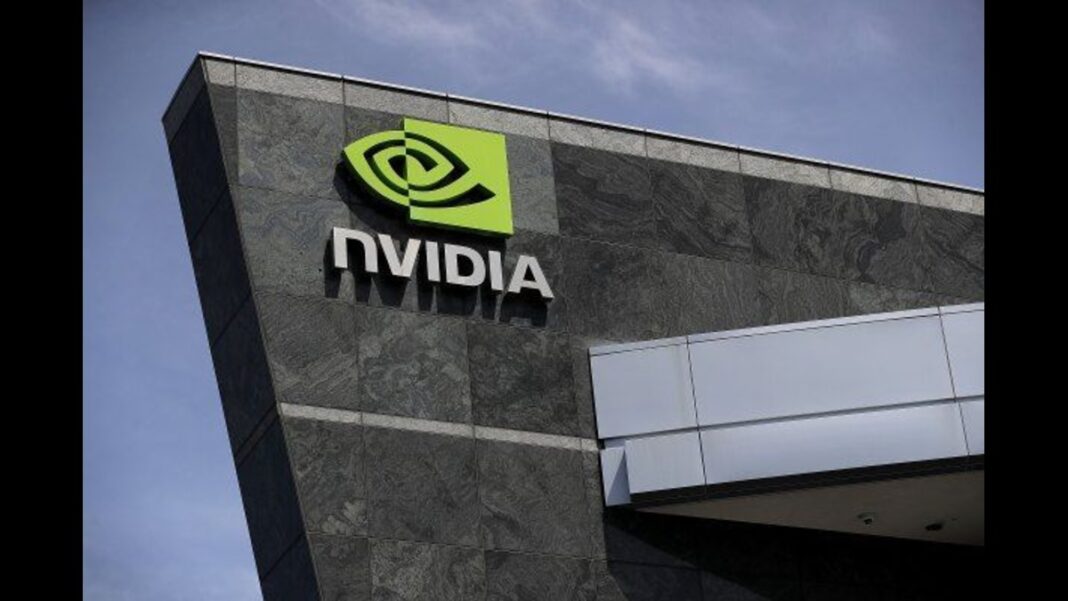Nvidia just dropped one of the most anticipated earnings reports of the year, and the numbers are nothing short of staggering. Third-quarter fiscal 2026 revenue hit a record $57 billion — up 22% from last quarter and a jaw-dropping 62% year-over-year. The message to Wall Street was crystal clear: the AI boom is not slowing down, and Nvidia remains firmly in the driver’s seat.
The data center division, now the beating heart of the company, delivered $51.2 billion in revenue alone — a 25% sequential leap and 66% higher than the same period last year. Demand for Hopper chips continues at full throttle, while the newly launched Blackwell platform is already selling faster than Nvidia can produce it. CEO Jensen Huang described Blackwell orders as “off the charts,” with hyperscalers like Amazon, Microsoft, Google, and Meta snapping up every available unit to fuel their generative AI ambitions.
Perhaps the most eye-opening figure came straight from Huang himself: Nvidia currently holds roughly $500 billion in combined orders for calendar 2025 and 2026. That half-trillion-dollar backlog spans GPUs, networking gear, and full-stack AI infrastructure — a pipeline so massive it effectively locks in explosive growth for the next two years regardless of short-term macroeconomic noise.
Earnings per share came in at $1.30 on an adjusted basis, comfortably beating analyst estimates of $1.25. Gross margins stayed rock-solid near 75%, even as the company ramps inventory to unprecedented levels ($19.8 billion and climbing) to meet insatiable demand. Fourth-quarter guidance of approximately $65 billion in revenue sent shares soaring more than 8% in after-hours trading, adding tens of billions to Nvidia’s market cap in a single evening.
For months, skeptics have warned of an AI bubble ready to burst, pointing to sky-high valuations and fears that capital spending would eventually taper. Nvidia’s report shredded that narrative. The company isn’t just riding the AI wave — it’s building the rails everyone else depends on. From sovereign AI projects in the Middle East to supercomputing clusters in Japan blending AI with quantum tech, Nvidia’s footprint now spans the globe.
Of course, challenges remain. U.S. export restrictions to China continue to cap a once-lucrative market, and competition in inference chips is heating up. The company is also burning cash at a historic rate to secure supply chain capacity years into the future. But when your order book already stretches half a trillion dollars deep, those hurdles start to look like speed bumps rather than roadblocks.
Investors who worried the AI trade had run too far too fast now have fresh evidence that the story is still in its early chapters. Blackwell is only beginning its ramp, Rubin architecture is already on deck for 2026, and the underlying demand for accelerated computing shows no signs of saturation.
Nvidia didn’t just beat expectations this quarter — it redefined them. In an industry famous for boom-and-bust cycles, the company has engineered a multi-year growth runway that few technology giants have ever achieved. For anyone still questioning whether the AI revolution is real, Nvidia’s latest numbers offer a simple, billion-dollar answer: it’s just getting started.


